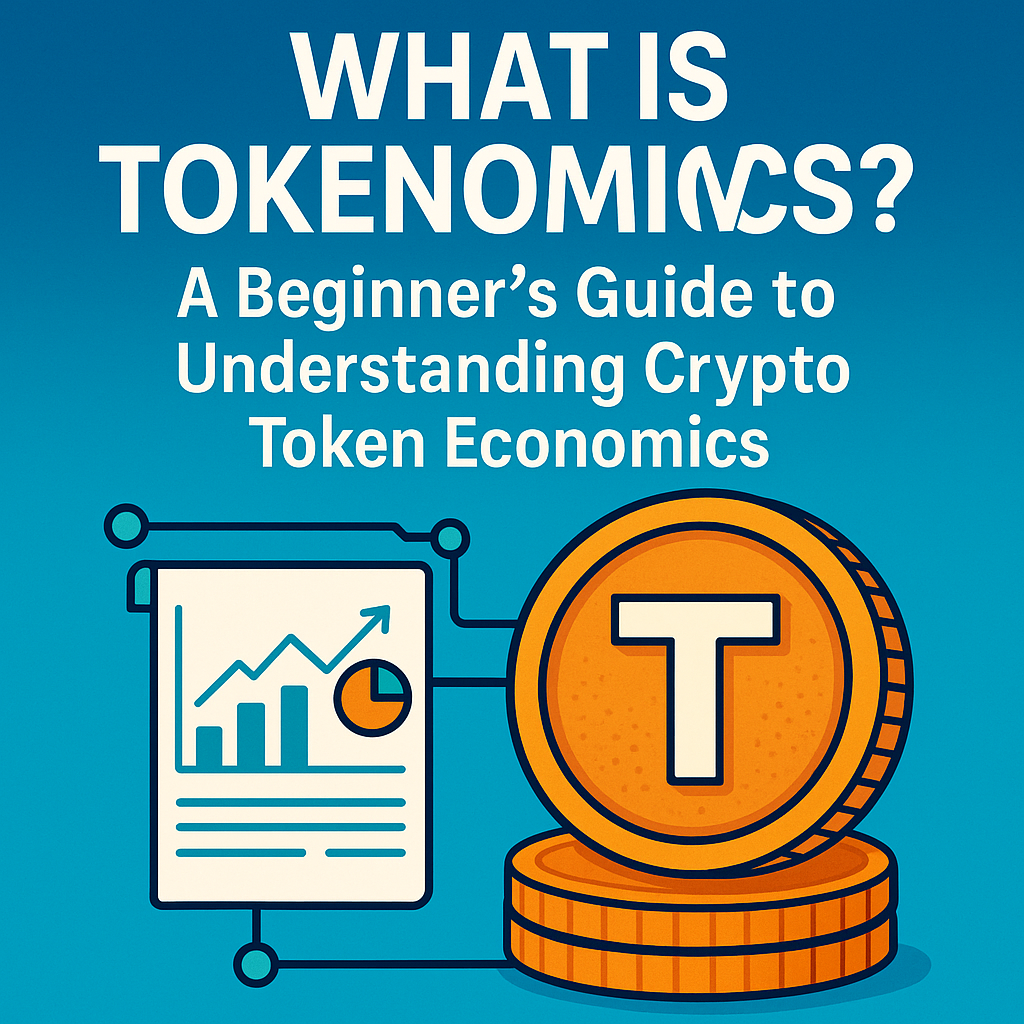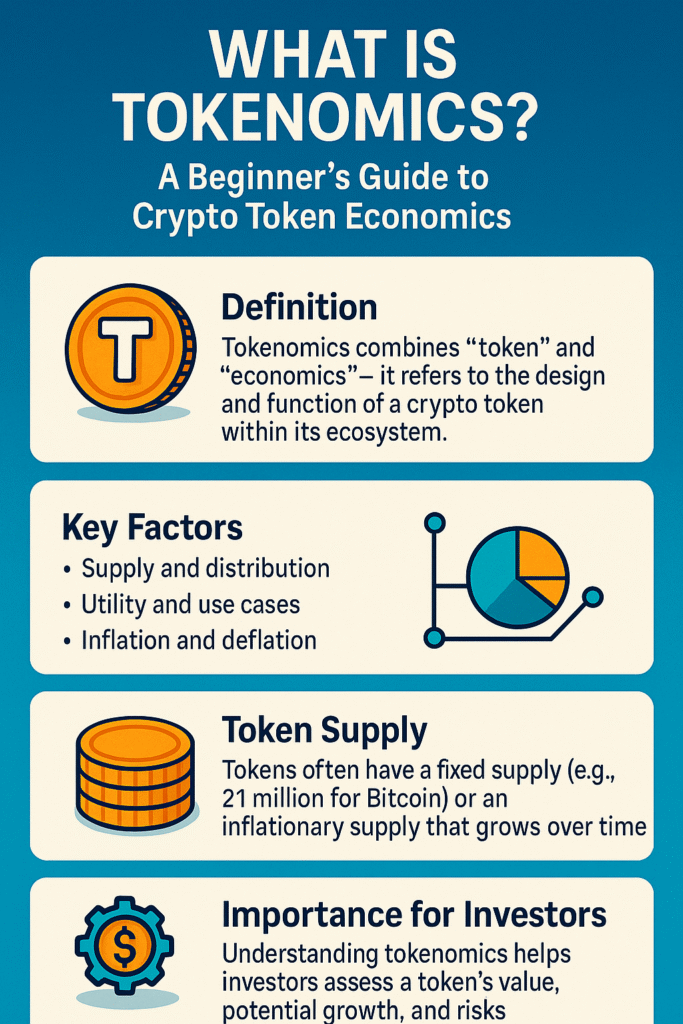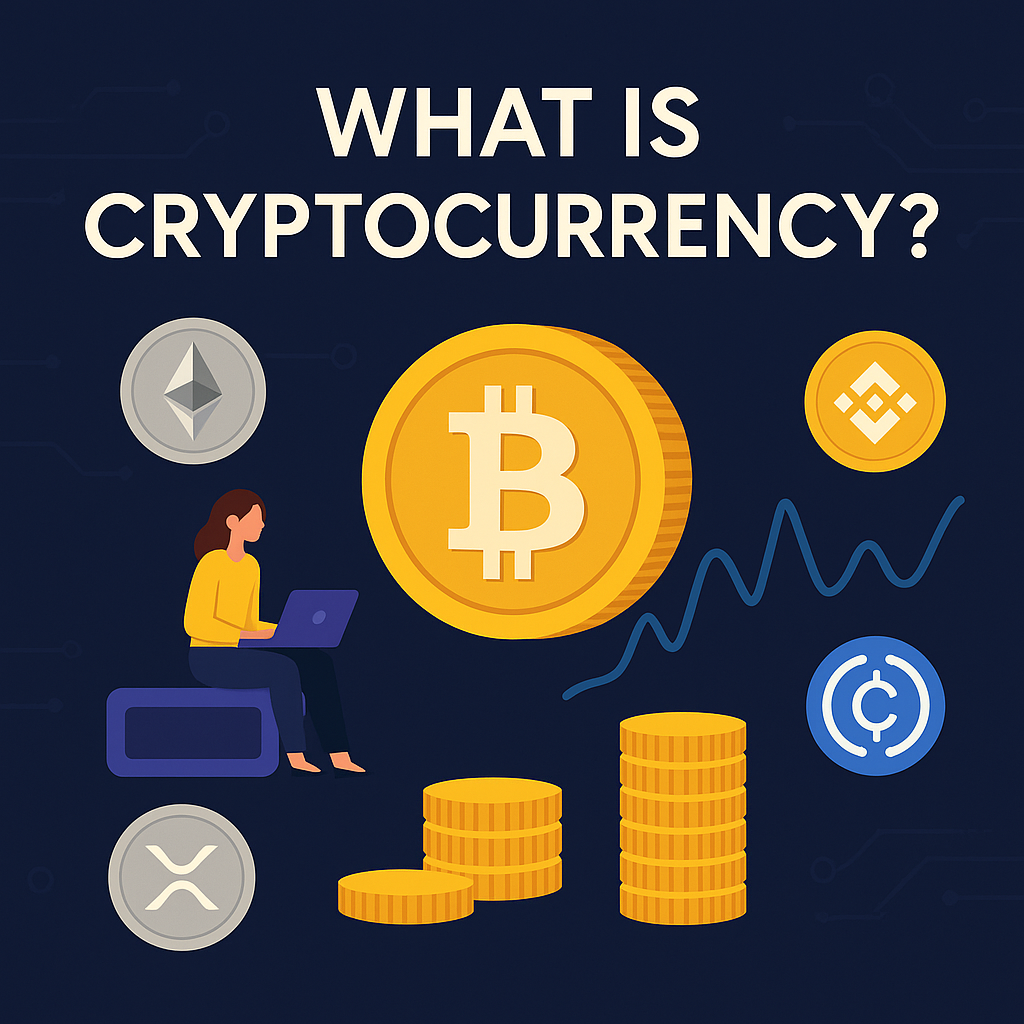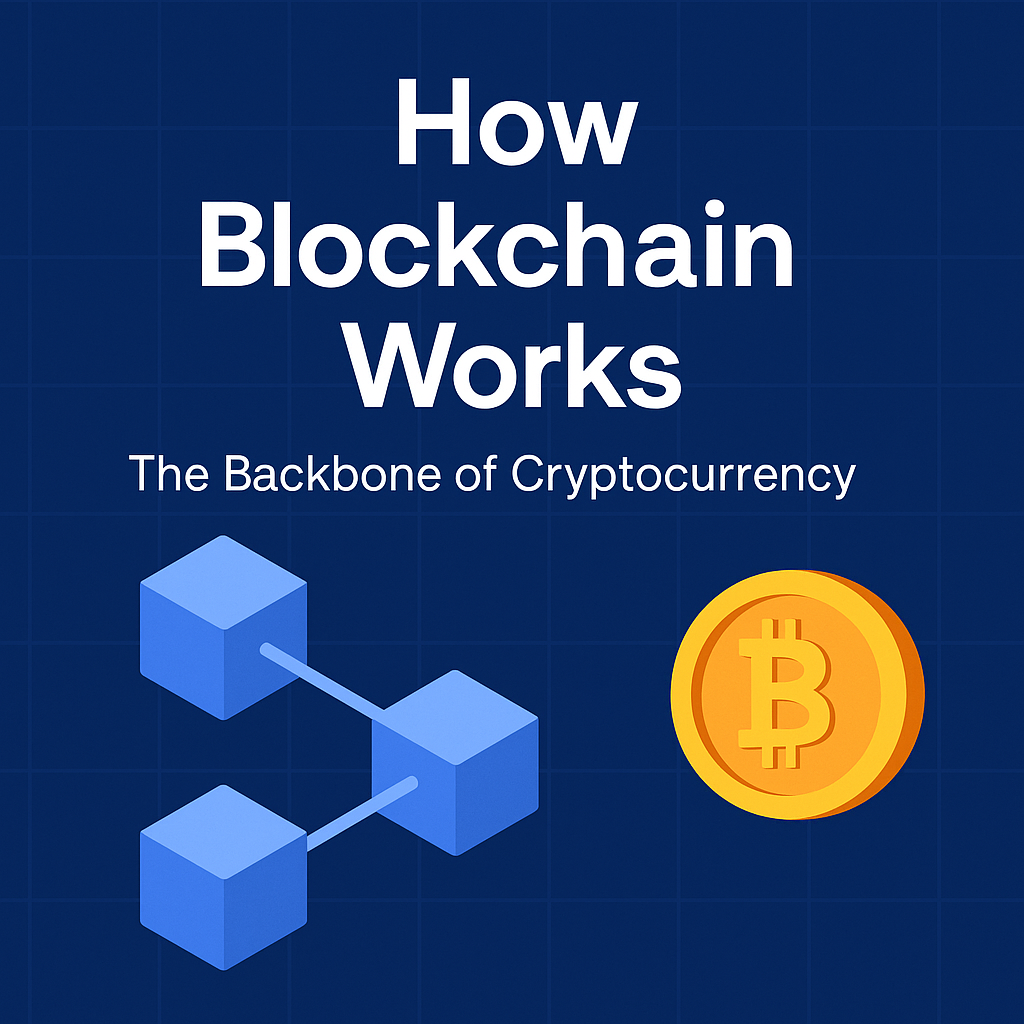
“Tokenomics is to crypto what fuel is to a car — without it, the project goes nowhere.”
If you’re wondering why some cryptocurrencies thrive while others collapse, the answer often lies in one powerful concept: Tokenomics. It’s more than just how many tokens exist — it’s the entire economic engine behind a crypto project.
In this beginner-friendly guide, you’ll learn what tokenomics is, why it’s essential for investment decisions, and how to evaluate it step-by-step.
📌 Table of Contents
- What Is Tokenomics?
- Why Tokenomics Matters in Crypto
- Key Elements of Tokenomics
- Token Supply: Total vs Circulating vs Max
- Use Cases of Tokens
- Distribution Models Explained
- Inflationary vs Deflationary Tokens
- Token Burn Mechanism (Explained Simply)
- Case Study: Binance Coin (BNB)
- How to Analyze Tokenomics Before Investing
- Final Thoughts + External Tools
1. 🧠 What Is Tokenomics?

Tokenomics (Token + Economics) refers to the design, supply, demand, and utility of a cryptocurrency token.
It includes how tokens are:
- Created
- Distributed
- Used
- Incentivized
- Destroyed (burned)
Good tokenomics = long-term value.
Bad tokenomics = rug pulls, inflation, crashes.
2. 🧾 Why Tokenomics Matters
Investing in a crypto token without understanding its tokenomics is like buying shares in a company without knowing what it sells.
💬 “Tokenomics answers: Will people actually use this token? And will it be valuable?”
It directly impacts:
- Price movement
- Investor incentives
- Sustainability
- Demand over time
3. 🗝️ Key Elements of Tokenomics
| Element | Why It Matters |
|---|---|
| Supply | Scarcity or inflation risk |
| Use Case | Reason for token to exist |
| Allocation | Who gets how much and when |
| Vesting Schedule | Prevents early investors from dumping |
| Incentives | Encourages holding, staking, or usage |
| Governance | Who can vote or change the protocol |
4. 📊 Token Supply Explained
| Term | Meaning |
|---|---|
| Total Supply | Number of tokens created so far |
| Circulating Supply | Tokens currently in the market |
| Max Supply | Maximum number of tokens that can ever exist |
🧠 Bitcoin has a fixed max supply of 21 million — this helps prevent inflation and increases scarcity over time.
5. 🧺 Use Cases of Tokens
Tokens are valuable only if they have a purpose. Common use cases include:
- Utility Tokens: Used for payments or access (e.g. ETH for gas fees)
- Governance Tokens: Voting power in a DAO (e.g. UNI)
- Security Tokens: Represent real-world assets or ownership
- Reward Tokens: Earned through staking, mining, or gameplay
- Stablecoins: Pegged to fiat for stability (e.g., USDT)
✅ Ask: Is this token required to use the product? If not, demand may stay low.
6. 🪙 Token Distribution Models
| Model | Description |
|---|---|
| ICO/IDO Launch | Tokens sold publicly (Initial Coin Offering) |
| Airdrops | Free tokens given for marketing/community |
| Mining/Staking Rewards | Tokens earned through work or holding |
| Team & Advisors | Allocated tokens (watch for high early allocations) |
| Vesting Schedule | Time-locked release to prevent early dumps |
📌 Tip: Good projects release tokens gradually to prevent large dumps.
7. 💸 Inflationary vs Deflationary Tokens
| Type | Definition | Example |
|---|---|---|
| Inflationary | More tokens added over time | Dogecoin, ETH |
| Deflationary | Token supply decreases or stays fixed | BTC, BNB |
Deflationary tokens often grow in price due to scarcity, but inflationary models can also succeed if tied to real utility.
8. 🔥 What Is Token Burning?
Some projects destroy a portion of their tokens to reduce supply — this is called token burn.
🔁 How it works:
- A project uses profits to buy tokens from the market
- These tokens are sent to a burn address
- They are permanently removed from circulation
🧾 Example: Binance burns BNB every quarter, reducing supply and boosting price over time.
9. 📈 Case Study: Binance Coin (BNB)
BNB is one of the best examples of strong tokenomics.
- Use Case: Discounts on Binance trading fees, staking, DeFi
- Supply: Initially 200M, gradually reducing via burns
- Burn Model: Auto-burn based on trading volume
- Incentives: Holding BNB earns rewards and access to Launchpad
📊 Result: BNB has consistently been a top 5 crypto by market cap.
10. 🔍 How to Analyze Tokenomics Before Investing
✅ Read the whitepaper and look for:
- Is supply capped or unlimited?
- Who owns the majority of tokens?
- Are rewards sustainable or just hype?
- Does the token have a real reason to exist?
- Is there a burn mechanism or other deflation tools?
- Is the token inflation controlled?
📌 If a token is just “for holding” or “community,” think twice before buying.
11. 📚 External Tools & Resources
- Token Unlocks Tracker
- CoinGecko Tokenomics Section
- Messari Crypto Research
- Binance Academy – Tokenomics 101
🧠 Final Thoughts
Good tokenomics = long-term potential.
Bad tokenomics = short-term pump & dump.
Don’t just buy based on price or hype — evaluate the tokenomics and ask:
💬 “Would this token still have value if hype disappeared?”
In the crypto world, economics is everything.
Do your research. Invest wisely. Grow sustainably.

